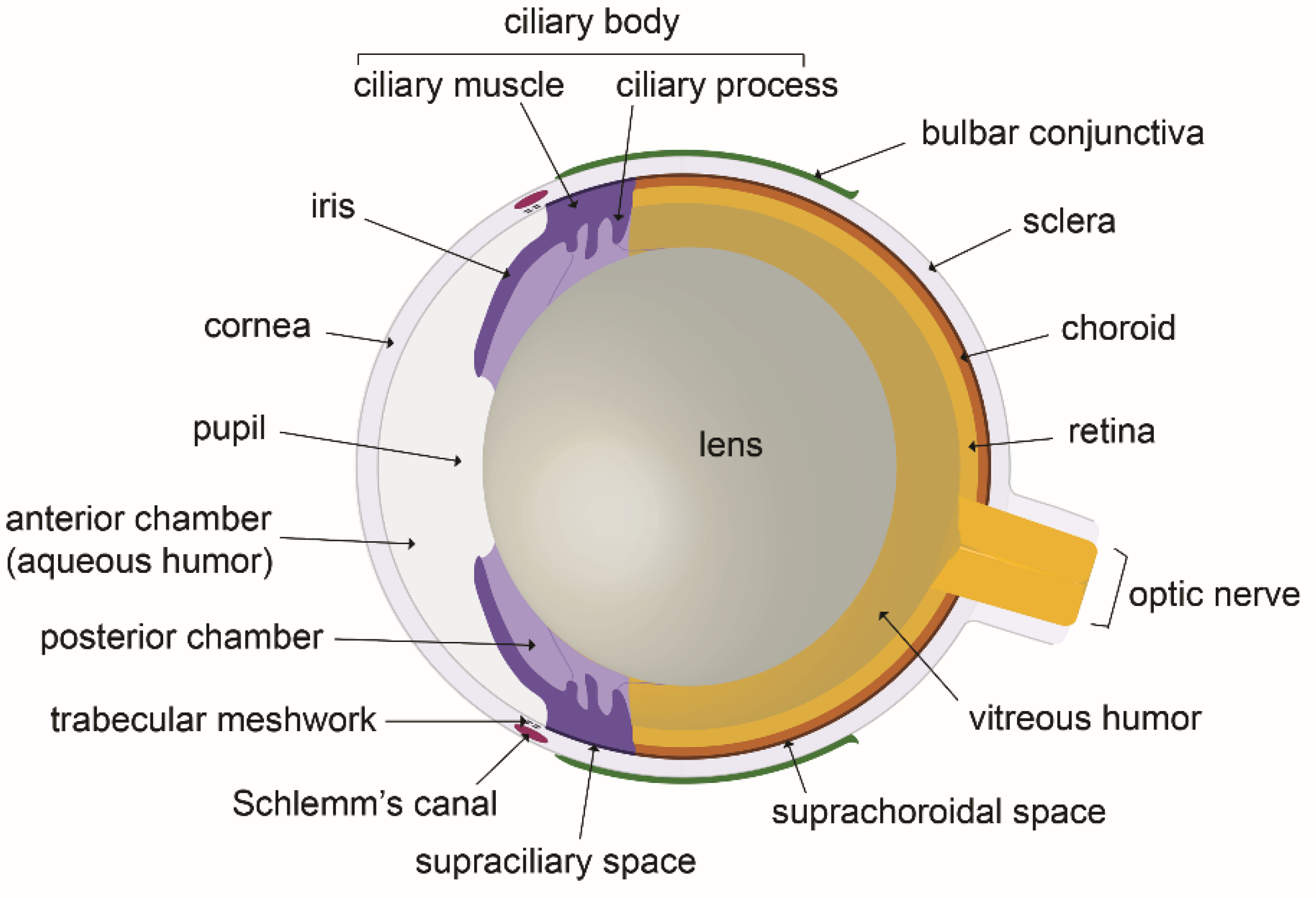Abstract:
In this study, we investigate various aspects of a bull's eye, including its physical properties, behavior under different conditions, and potential applications.
Introduction:
The bull's eye, a circular target typically used in shooting sports, has been a subject of interest for various disciplines including physics, psychology, and sports science. Understanding its characteristics and performance is crucial for improving accuracy and precision in shooting activities.
This experiment aims to explore the factors affecting the accuracy of hitting the bull's eye, including distance, projectile speed, and environmental conditions. By analyzing these factors, we can develop insights into optimizing shooting techniques and equipment.
Procedure:
- Select a suitable shooting range equipped with targets, including a bull's eye target.
- Set up the shooting equipment, ensuring proper calibration and safety measures.
- Choose a variety of shooting distances and environmental conditions to test the performance of hitting the bull's eye.
- Record relevant parameters such as distance, projectile speed, and atmospheric conditions.
- Conduct multiple trials for each set of conditions to ensure reliability of results.
Observations:
During the experiment, we observed the following:
- Variation in accuracy with changes in shooting distance.
- Effect of wind speed and direction on the trajectory of projectiles.
- Influence of projectile type and weight on hitting the bull's eye.
Calculations:
No specific calculations were necessary for this experiment.
Precautions:
- Ensure all safety protocols are followed during the experiment, especially when handling firearms.
- Keep the shooting range clear of any obstructions or distractions.
- Wear appropriate protective gear, including ear and eye protection.
- Monitor weather conditions and adjust the experiment accordingly to maintain safety.
Bull's Eye Experiment - Questions and Answers
-
What is the purpose of the bull's eye experiment?
The purpose is to investigate factors affecting accuracy in hitting the bull's eye target.
-
What type of target is used in the experiment?
A circular bull's eye target is used.
-
Why is it important to conduct multiple trials?
To ensure the reliability and consistency of the results.
-
What parameters are recorded during the experiment?
Parameters such as shooting distance, projectile speed, and atmospheric conditions are recorded.
-
What precautions should be taken during the experiment?
Precautions include following safety protocols, wearing protective gear, and monitoring weather conditions.
-
What is the influence of wind speed on projectile trajectory?
Wind speed can affect the trajectory of projectiles, leading to deviations from the intended path.
-
What does the accuracy of hitting the bull's eye depend on?
Accuracy depends on factors such as distance, projectile speed, and environmental conditions.
-
What equipment is necessary for the experiment?
Shooting equipment, targets, and safety gear are necessary.
-
How can shooting distance be varied in the experiment?
Shooting distance can be varied by changing the distance between the shooter and the target.
-
What role does projectile type play in hitting the bull's eye?
Projectile type can affect accuracy and penetration of the target.
-
Why is it important to calibrate the shooting equipment?
Calibration ensures accuracy and consistency in measuring projectile speed and other parameters.
-
How do you ensure the safety of participants during the experiment?
By enforcing safety protocols, providing proper training, and using protective gear.
-
What are the potential applications of the experiment's findings?
Findings can be applied to improve shooting techniques, equipment design, and training programs.
-
What are the limitations of the experiment?
Limited sample size, environmental factors, and equipment constraints may limit the generalizability of the results.
-
How do you ensure the shooting range is clear of obstructions?
By regularly inspecting the range and removing any obstacles or debris.
-
What safety measures should be taken in case of adverse weather conditions?
Shooting activities should be suspended or adapted to ensure the safety of participants.
-
What are the potential risks associated with the experiment?
Risks include injury from mishandling firearms, environmental hazards, and accidents during shooting.
-
How can the experiment be improved for future studies?
By expanding the range of variables tested, increasing sample size, and refining measurement techniques.
-
What ethical considerations should be taken into account?
Ensuring the welfare of participants, adhering to legal regulations, and minimizing harm to animals or the environment.
-
What role does data analysis play in interpreting the results?
Data analysis helps identify patterns, correlations, and trends in the experimental data.
Multiple Choice Questions
-
What is the purpose of the experiment on the bull's eye?
- To study the behavior of bulls in different environments
- To investigate factors affecting accuracy in shooting
- To examine the anatomy of a bull's eye
- To analyze the nutritional value of bull's eye
Answer: b) To investigate factors affecting accuracy in shooting
-
Which of the following is NOT a precaution for the experiment?
- Wear appropriate protective gear
- Monitor weather conditions
- Handle firearms without safety measures
- Keep the shooting range clear of obstructions
Answer: c) Handle firearms without safety measures
-
What should be recorded during the experiment?
- Number of bulls spotted in the area
- Atmospheric conditions only
- Projectile speed, distance, and atmospheric conditions
- Types of firearms used
Answer: c) Projectile speed, distance, and atmospheric conditions
-
What is the primary factor affecting accuracy in hitting the bull's eye?
- Color of the target
- Distance from the target
- Shape of the target
- Number of trials conducted
Answer: b) Distance from the target
-
Which aspect is NOT observed during the experiment?
- Variation in accuracy with changes in shooting distance
- Effect of wind speed and direction on the trajectory of projectiles
- Influence of projectile type and weight on hitting the bull's eye
- Number of horns on the bull's eye
Answer: d) Number of horns on the bull's eye

